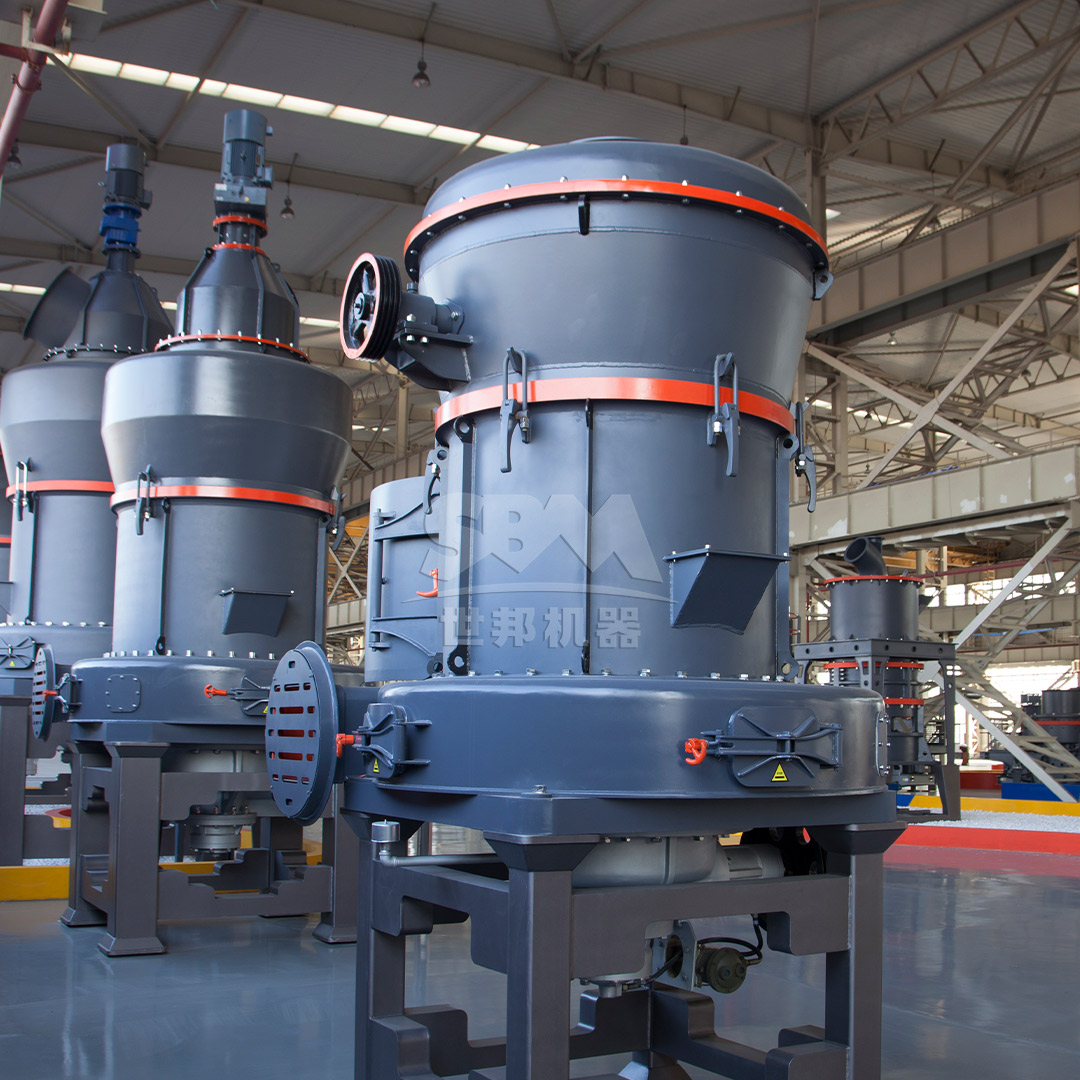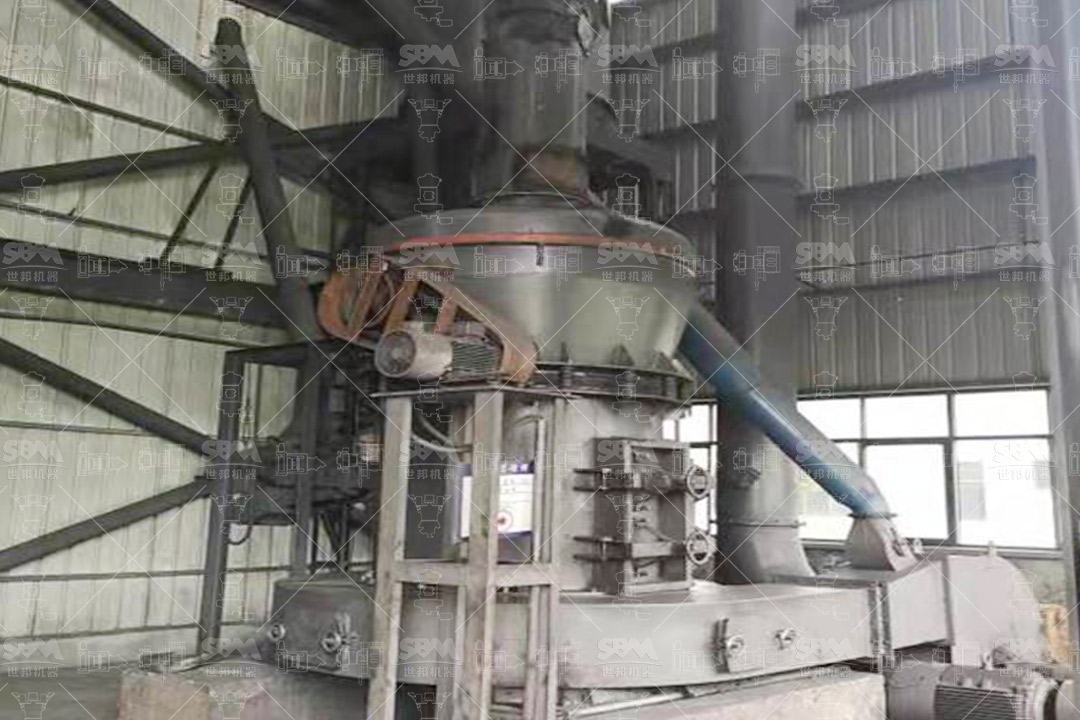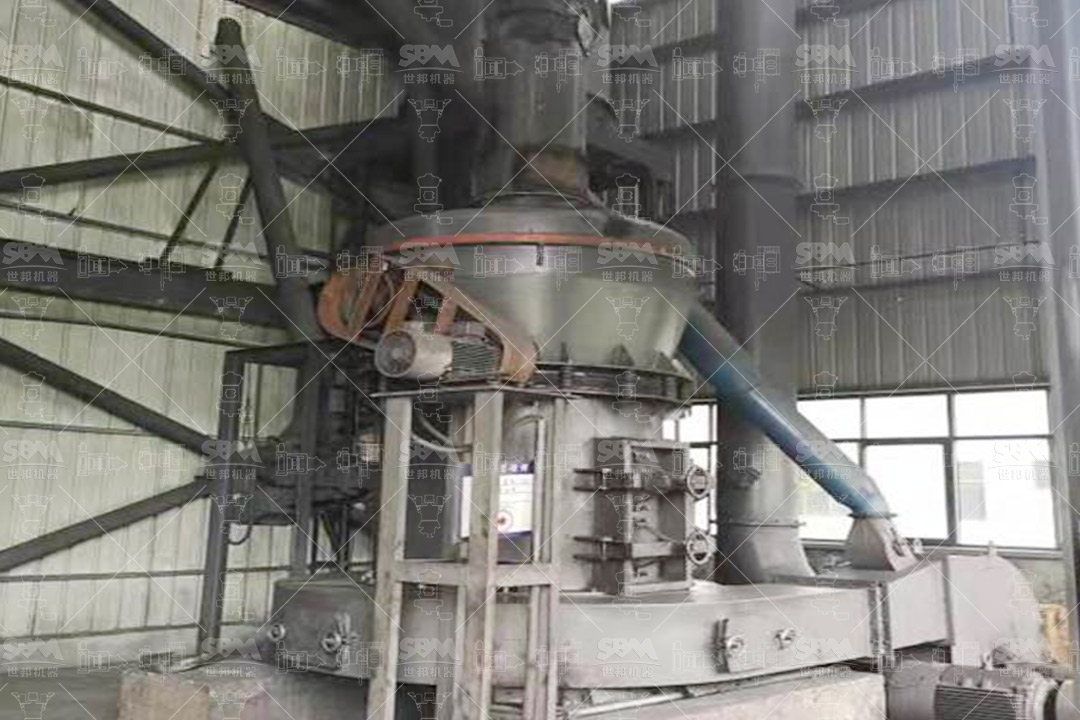The refractory industry continues to demand higher performance materials to withstand increasingly severe operating conditions in steelmaking, cement production, and other high-temperature processes. Dolomite-based refractory castables have emerged as critical materials due to their excellent thermal stability, corrosion resistance, and cost-effectiveness. However, the performance of these castables is heavily dependent on the quality and characteristics of the dolomite powder used in their formulation.
Proper processing of dolomite powder involves careful control of particle size distribution, surface area, and chemical purity. The selection of appropriate grinding equipment plays a pivotal role in achieving the optimal powder characteristics required for high-performance refractory applications. This article explores the technical requirements for dolomite powder in refractory castables and examines how advanced milling technologies can optimize processing parameters to enhance final product performance.
The particle size distribution of dolomite powder significantly impacts the packing density, flow characteristics, and sintering behavior of refractory castables. For optimal performance, a well-graded distribution with controlled fines content is essential. The ideal powder should contain:
This carefully controlled distribution ensures maximum packing density while maintaining adequate workability and water demand characteristics.
High-purity dolomite with minimal impurities is crucial for refractory applications. The presence of silica, alumina, and iron oxides can significantly affect the high-temperature performance by forming low-melting phases. The ideal dolomite for refractory applications should maintain:
Proper calcination and subsequent grinding must preserve the desired phase composition without introducing contamination from wear parts.
| Parameter | Standard Grade | Premium Grade | Ultra-Premium Grade |
|---|---|---|---|
| CaO + MgO Content | > 90% | > 93% | > 95% |
| SiO₂ Content | < 4.0% | < 3.0% | < 2.5% |
| LOI (1000°C) | < 2.0% | < 1.5% | < 1.0% |
| Specific Surface Area | 0.8-1.2 m²/g | 1.2-1.8 m²/g | 1.8-2.5 m²/g |

For applications requiring ultrafine dolomite powder (D97 ≤ 5μm), specialized grinding equipment is essential. The SCM Ultrafine Mill represents a technological breakthrough in this domain, offering precise control over final product fineness while maintaining high energy efficiency.
The SCM series achieves remarkable performance through its innovative design featuring a vertical turbine classification system that ensures precise particle size control without coarse particle contamination. With output fineness ranging from 325 to 2500 mesh (D97 ≤ 5μm) and capacity from 0.5 to 25 tons per hour depending on model selection, this equipment is ideally suited for premium refractory applications requiring tightly controlled ultrafine fractions.
Key advantages of the SCM Ultrafine Mill for dolomite processing include:
For large-scale production requirements, the MTW Series Trapezium Mill offers an optimal balance between production capacity and product quality. With throughput capacities ranging from 3 to 45 tons per hour and output fineness from 30 to 325 mesh, this equipment is particularly suitable for medium to fine dolomite powder production.
The MTW series incorporates several innovative features that enhance its performance in dolomite processing:
This equipment is particularly recommended for operations requiring high-volume production of consistently graded dolomite powder for standard refractory applications.

Successful dolomite powder processing requires careful optimization of multiple operational parameters. The grinding temperature, feed rate, classifier speed, and air flow must be precisely controlled to achieve the desired product characteristics.
For refractory-grade dolomite powder, the following parameters have proven optimal:
Modern milling equipment with automated control systems allows for real-time adjustment of these parameters, ensuring consistent product quality despite variations in raw material characteristics.
Comprehensive quality control is essential for dolomite powder destined for refractory applications. Standard testing should include:
Regular monitoring of these parameters ensures that the processed dolomite powder meets the stringent requirements of modern refractory formulations.
| Quality Parameter | Testing Frequency | Acceptance Criteria | Testing Method |
|---|---|---|---|
| Particle Size Distribution | Every 2 hours | D50: 15-25μm D90: 45-60μm |
Laser Diffraction |
| Specific Surface Area | Every 4 hours | 1.5-2.5 m²/g | BET Nitrogen Adsorption |
| Chemical Composition | Every shift | CaO+MgO > 95% | XRF Spectroscopy |
| Moisture Content | Every 2 hours | < 0.5% | Loss on Drying |
The processing method and resulting characteristics of dolomite powder significantly influence the rheological behavior of refractory castables. Properly processed powder with optimal particle morphology and surface characteristics enhances:
Ultrafine fractions produced by advanced milling technologies like the SCM Ultrafine Mill act as rheology modifiers, improving the overall workability while maintaining adequate green strength.
The high-temperature performance of dolomite-based refractory castables is directly related to the quality of the dolomite powder. Optimized processing ensures:
These improvements translate to extended service life in demanding applications such as steel ladles, cement kilns, and glass furnaces.

The selection of appropriate milling technology must consider both capital investment and operational costs. Advanced grinding systems like the SCM Ultrafine Mill and MTW Trapezium Mill offer significant advantages in terms of:
For a typical refractory plant processing 50,000 tons of dolomite annually, the implementation of optimized milling technology can yield payback periods of 12-24 months through operational cost savings alone.
Investment in advanced dolomite processing technology enables manufacturers to produce premium-grade powders that command higher market prices. The ability to consistently deliver powders with tightly controlled characteristics opens opportunities in:
This product diversification enhances business resilience and creates additional revenue streams beyond traditional refractory markets.
The future of dolomite powder processing lies in the integration of advanced milling technologies with Industry 4.0 principles. This includes:
Modern equipment like the SCM Ultrafine Mill and MTW Trapezium Mill are already designed with these capabilities in mind, featuring intelligent control systems that can be integrated into plant-wide digitalization strategies.
Environmental considerations are increasingly important in refractory material production. Advanced milling technologies contribute to sustainability through:
These environmental benefits align with global sustainability initiatives while simultaneously reducing operational costs.
The optimization of dolomite powder processing is critical for producing high-performance refractory castables that meet the demanding requirements of modern high-temperature industries. Advanced milling technologies, particularly the SCM Ultrafine Mill for premium applications requiring ultrafine fractions and the MTW Series Trapezium Mill for high-volume production, offer significant advantages in terms of product quality, operational efficiency, and economic performance.
By carefully selecting and properly operating appropriate grinding equipment, refractory manufacturers can consistently produce dolomite powders with optimized characteristics that enhance the performance of their final products. The continued development and implementation of advanced processing technologies will play a crucial role in meeting the evolving demands of the global refractory industry while addressing sustainability challenges.
Investment in modern dolomite processing technology represents not only a competitive advantage but also a strategic imperative for companies seeking to maintain leadership in the increasingly sophisticated refractory materials market.